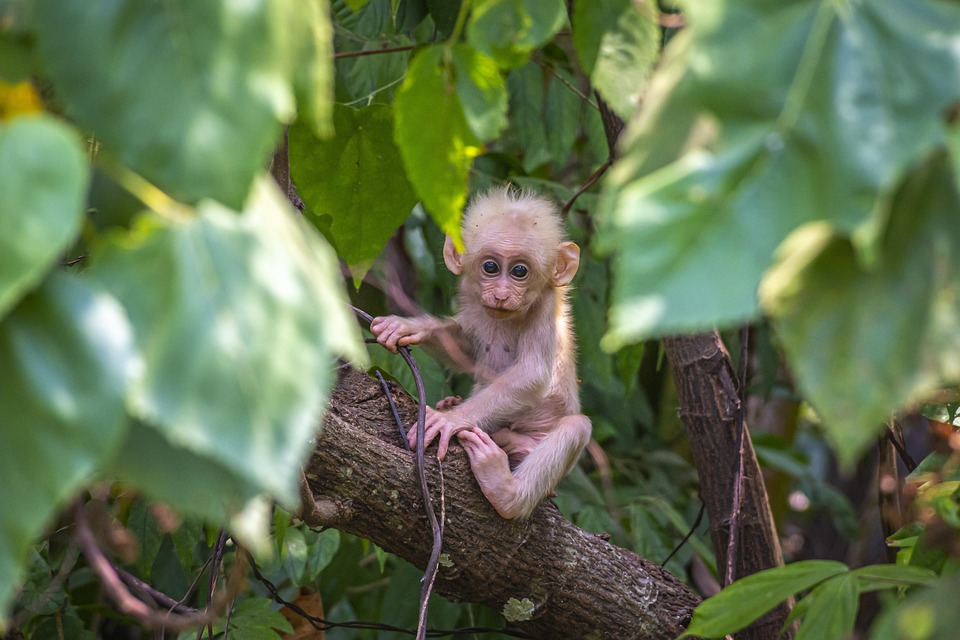In a recent incident that made headlines in the small town of Meine, Germany, a wild boar was found wandering inside a fashion store. The unexpected visitor caused quite a stir among the locals and raised questions about what drives wild animals into urban areas. This incident sheds light on the increasing human-wildlife interactions happening worldwide and prompts us to explore the reasons behind such occurrences.
One of the primary reasons for wild animals venturing into urban areas is habitat loss. As human populations expand and encroach upon natural habitats, animals are forced to seek alternative sources of food and shelter. This often leads them to wander into towns and cities in search of sustenance. In the case of the wild boar in Meine, it is likely that the animal strayed from its natural habitat in search of food and ended up inside the fashion store.
Another factor that contributes to wildlife entering urban areas is climate change. As temperatures rise and natural habitats are disrupted, animals may be driven to seek refuge in human settlements. Changes in weather patterns and food availability can push animals to adapt to new environments, sometimes bringing them into conflict with humans. In the case of the wild boar in Meine, it is possible that the animal’s natural habitat was affected by environmental changes, prompting it to seek shelter in the town.
Human activities also play a significant role in attracting wildlife to urban areas. Improper waste disposal, feeding of wildlife, and urban development can all create opportunities for animals to enter towns and cities. In the case of the wild boar in Meine, it is possible that the animal was attracted by the scent of food or garbage near the fashion store, leading it to venture inside.
While incidents like the one in Meine may seem unusual, they serve as a reminder of the importance of coexisting with wildlife. As human populations continue to grow and natural habitats shrink, it is essential to find ways to mitigate human-wildlife conflicts and protect both animals and people. This can be achieved through measures such as habitat conservation, responsible waste management, and public education on wildlife behavior.
In conclusion, the presence of a wild boar in a fashion store in Meine highlights the complex relationship between humans and wildlife. By understanding the factors that drive animals into urban areas, we can work towards creating a more harmonious coexistence with the natural world. It is crucial to address the root causes of human-wildlife conflicts and find sustainable solutions that benefit both animals and communities.





